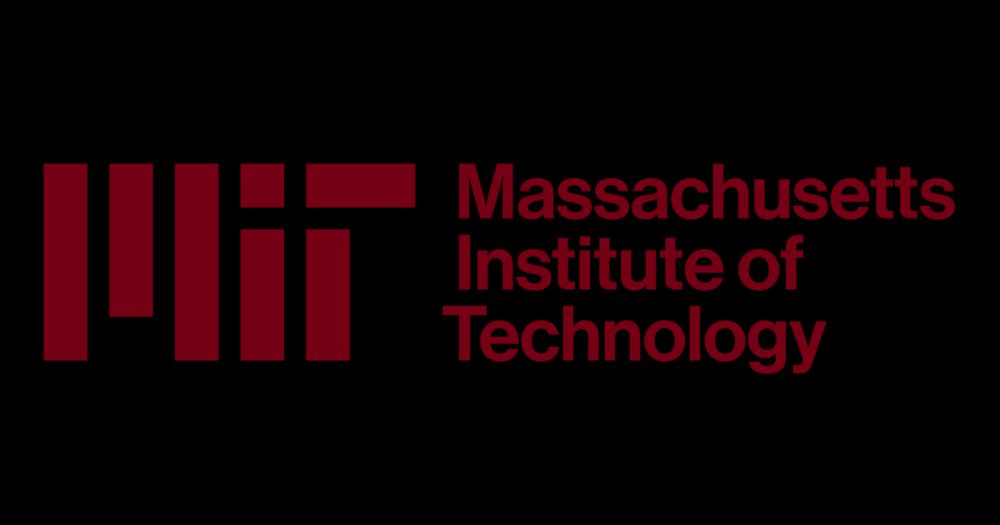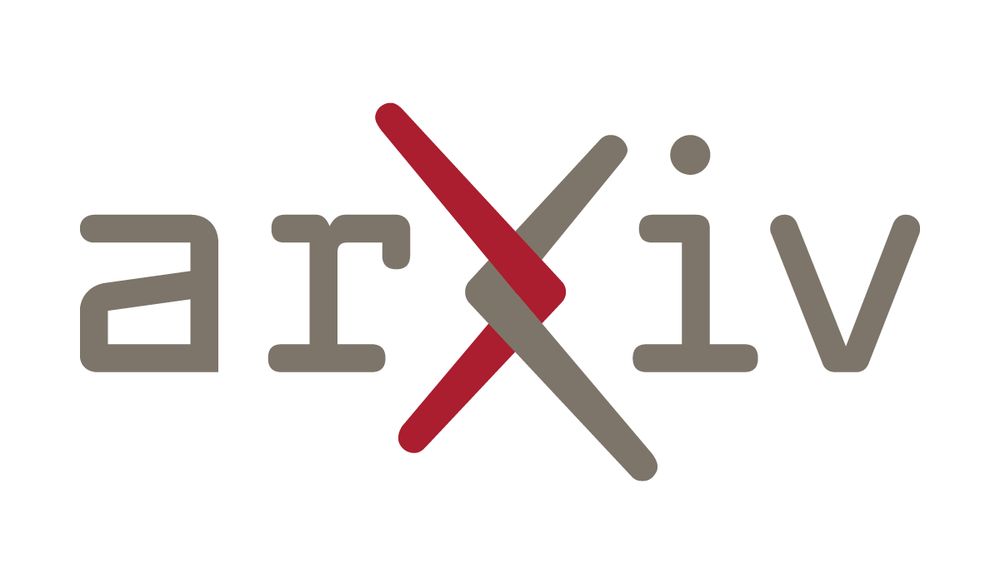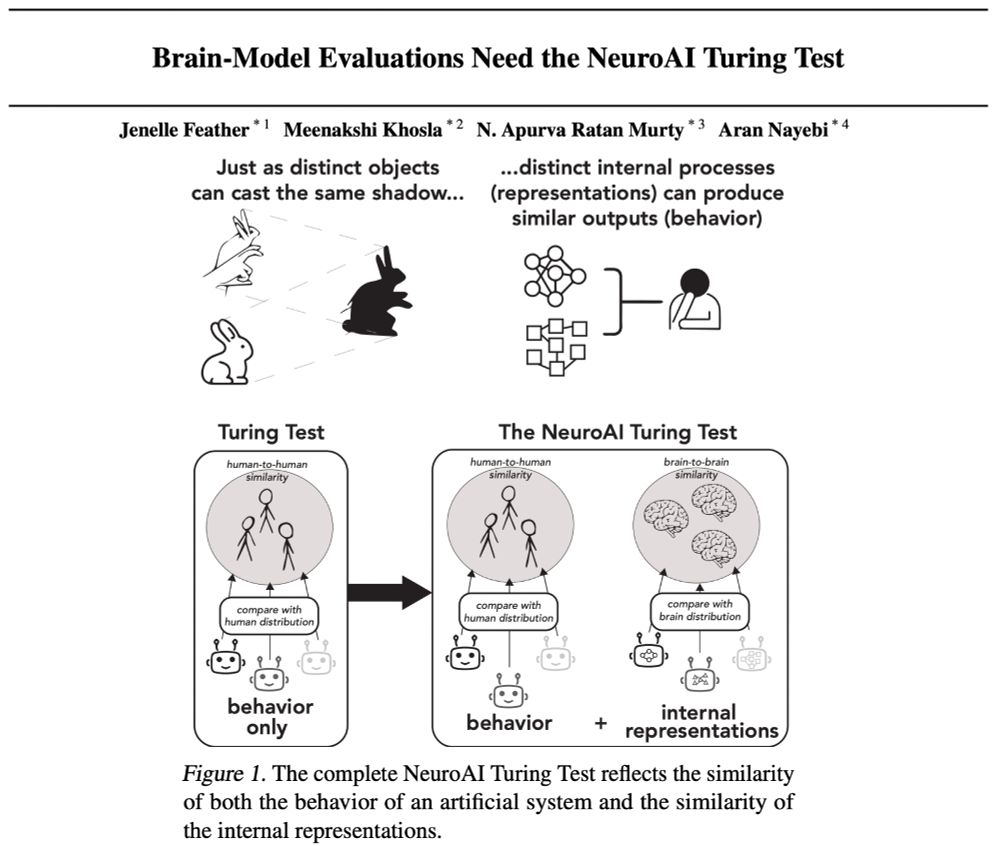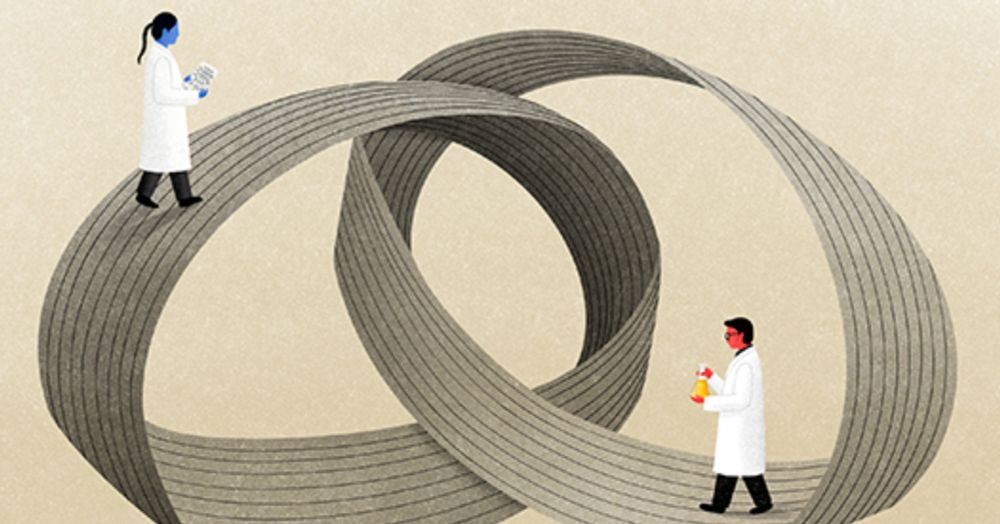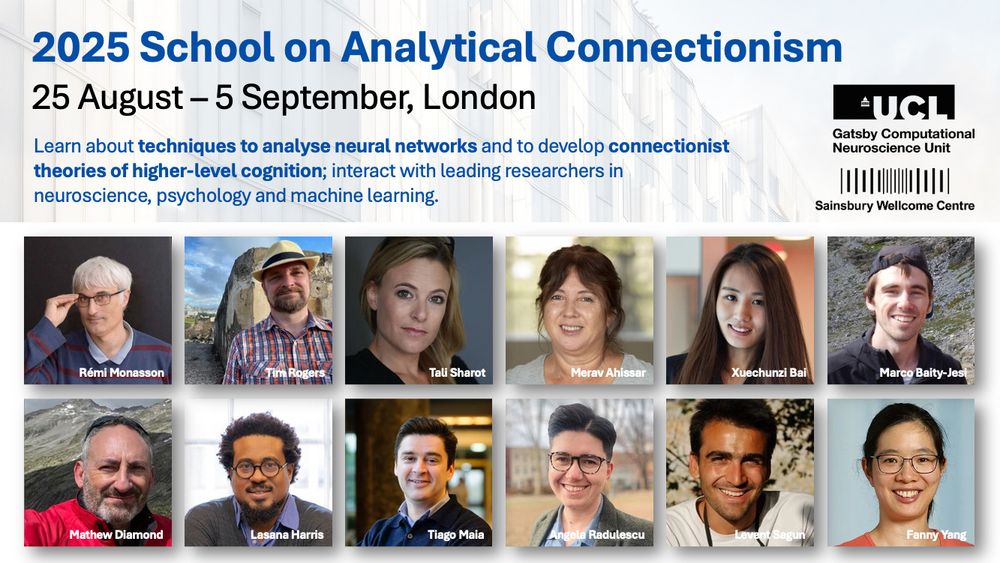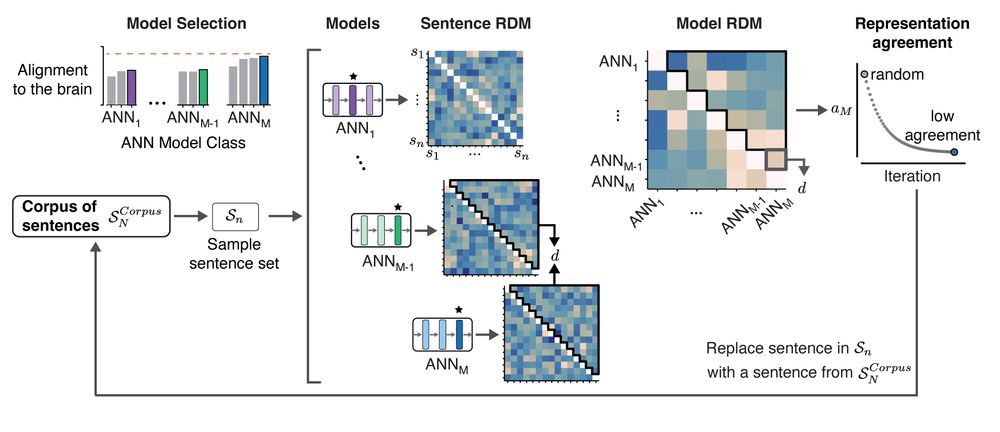Eghbal Hosseini
@eghbal-hosseini.bsky.social
200 followers
320 following
17 posts
PhD in computational neuroscience; Postdoc at MIT; working with @evfedorenko.bsky.social
eghbalhosseini.github.io
Posts
Media
Videos
Starter Packs
Reposted by Eghbal Hosseini
Reza Shadmehr
@rezashadmehr.bsky.social
· May 22
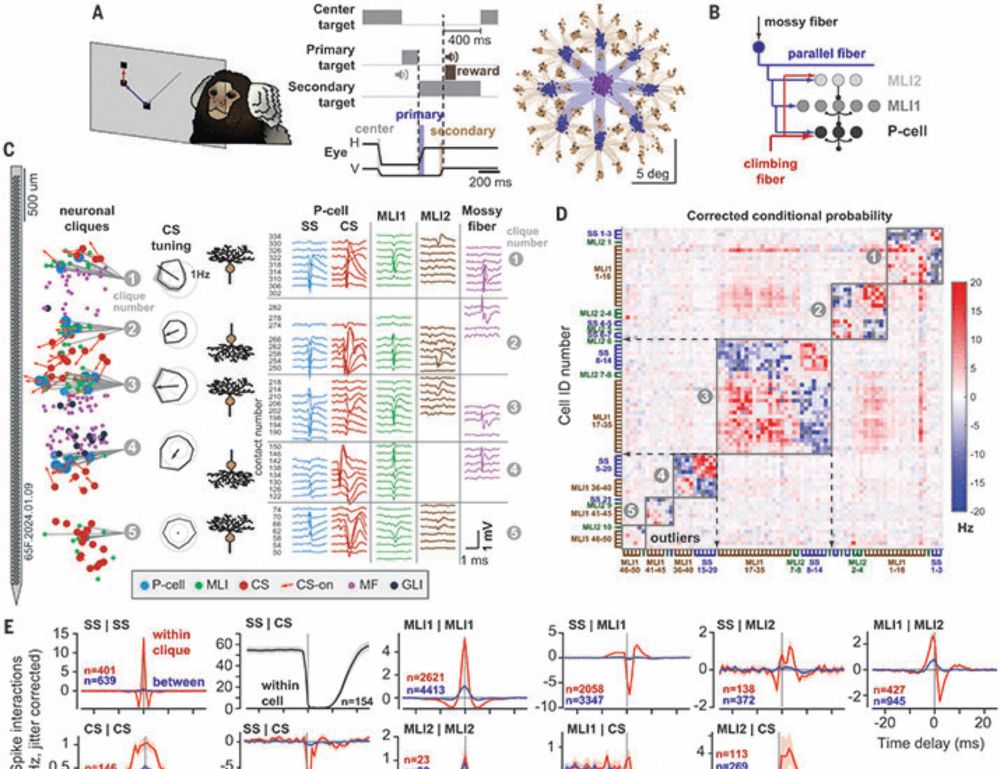
A vector calculus for neural computation in the cerebellum
Null space theory predicts that neurons generate spikes not only to produce behavior but also to prevent the undesirable effect of other neurons on behavior. In this work, we show that this competitiv...
www.science.org
Reposted by Eghbal Hosseini
CogCompNeuro
@cogcompneuro.bsky.social
· May 19
Reposted by Eghbal Hosseini
Colton Casto
@coltoncasto.bsky.social
· Apr 21

The cerebellar components of the human language network
The cerebellum's capacity for neural computation is arguably unmatched. Yet despite evidence of cerebellar contributions to cognition, including language, its precise role remains debated. Here, we sy...
www.biorxiv.org
Reposted by Eghbal Hosseini
David Lipshutz
@lipshutz.bsky.social
· Apr 9
Reposted by Eghbal Hosseini
Ev Fedorenko
@evfedorenko.bsky.social
· Mar 18
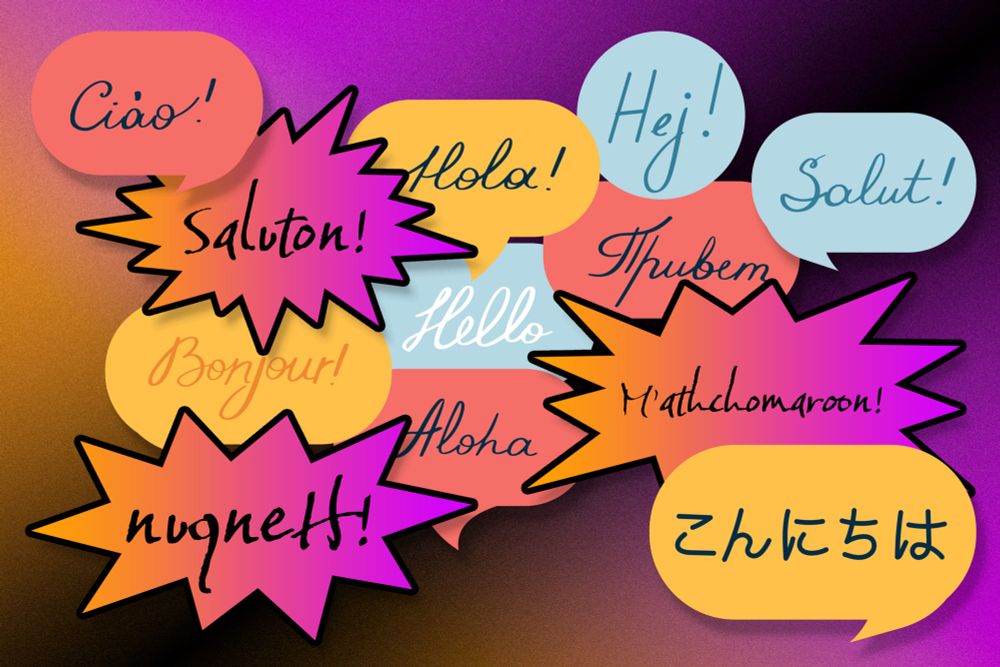
To the brain, Esperanto and Klingon appear the same as English or Mandarin
MIT research finds the brain’s language-processing network also responds to artificial languages such as Esperanto and languages made for TV, such as Klingon on “Star Trek” and High Valyrian and Dothr...
news.mit.edu
Reposted by Eghbal Hosseini
Reposted by Eghbal Hosseini
Reposted by Eghbal Hosseini
Reposted by Eghbal Hosseini
Nature
@nature.com
· Feb 6

Children’s arithmetic skills do not transfer between applied and academic mathematics - Nature
Children who learn maths working in markets and children who learn maths only from school were both unable to transfer their skills to new contexts, highlighting a need to reconsider how maths is taught in school.
go.nature.com
Reposted by Eghbal Hosseini
Reposted by Eghbal Hosseini
Reposted by Eghbal Hosseini
Joao Barbosa
@jbarbosa.org
· Jan 12

